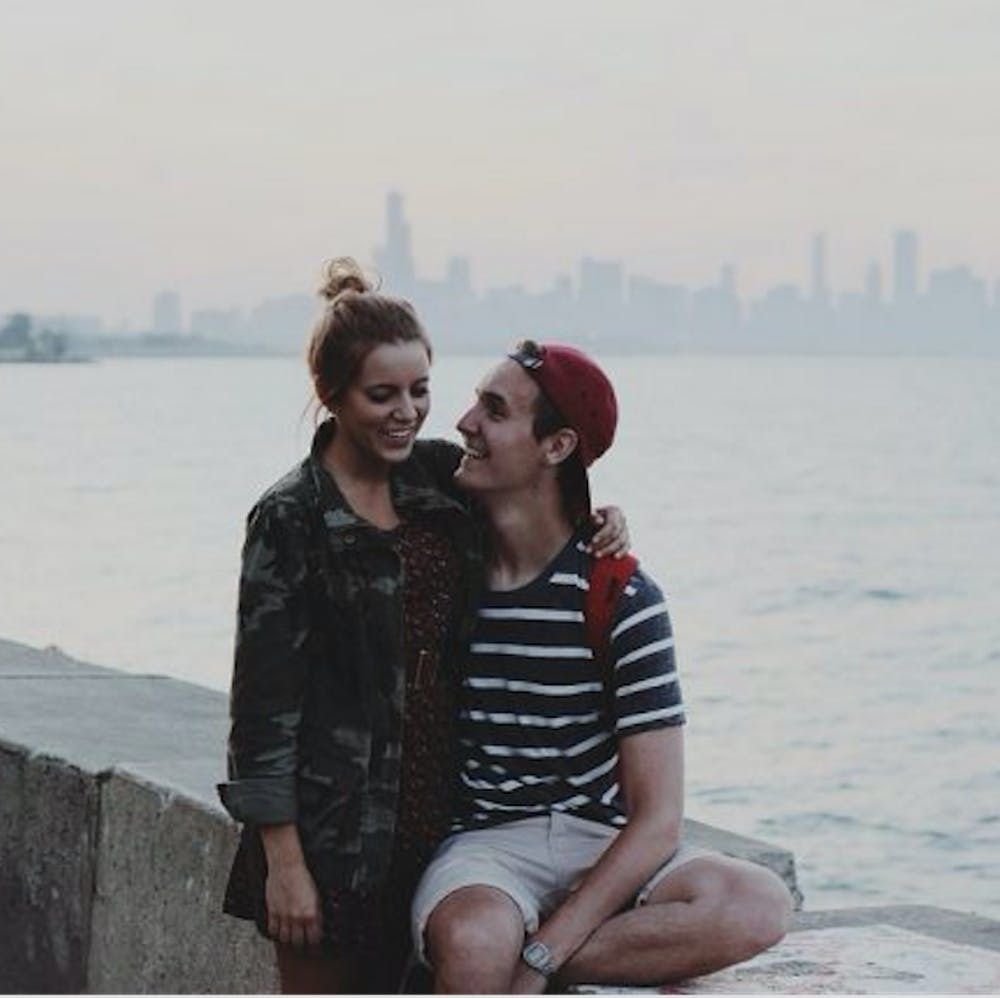
Women have fought hard decade after decade to make society a more equitable place for us, from the workplace to the home to even just walking around on the sidewalk. Given the highly visible work for women’s rights, it’s easy to assume that most women are on the same page on this issue, even if some men lag behind. But a new study flips this assumption on its head, revealing that among young millennial men and women, both feel that men should be the main earners AND decision-makers in the home.
The study, Trending Towards Traditionalism? Changes in Youths’ Gender Ideology, led by Joanna Pepin, a PhD student of sociology at the University of Maryland and co-authored by Dr. David Cotter of Union College, examined 40 years of data on the attitudes of high school seniors’ views on family, relationships, and work.
Cotter and Pepin note in their report that while we might expect each generation to get more progressive than the last, today’s young millennials are reaching back in time when it comes to women’s roles at home. However, they ALSO believe that women should be equal to men in the workplace.
So what gives?
According to the study, 42 percent of high school seniors in 1994 felt that it was to the benefit of families for men to be the breadwinners while women cared for the home. This number increased 15 percentage points to 58 percent in 2014. This means more than half of high school seniors want traditional gender roles in the home. There has also been a return to the idea that men should make all the important decisions for a family.
In an email to Brit + Co, Pepin explains that while one might expect ideas about workplace equality and equality at home might progress together, that just isn’t the case with today’s young people. Pepin tells us that the study shows that high schoolers think men and women should be on equal footing at the office, but as soon as married people step foot back in their houses at the end of the day, the man should default to a more powerful position.
The big question here is “why?” Why do both men and women want women to be more submissive at home, but be on equal footing with men at work? As Pepin puts it, this is the “question of the hour,” and will require more research to narrow down. However, the study provides some insight.
There’s a clear reason why women and men would be on the same page about women’s roles in the workplace, Pepin says. In one word: money! More money for women in a couple means more money for the whole family, so it makes sense that men who have wives and families would be supportive of a higher family income. What’s harder to make sense of is why both men and women in the study want women to go back in time when it comes to home life.
Pepin explains to us that for men and women to be on equal footing at home, it’s men’s behavior that would have to change. As the report notes, this would mean men would have to start doing more household work that is traditionally reserved for women, such as cooking, cleaning, and laundry. As Pepin put it to us, “What’s the incentive for doing that?” Men could be hesitant to do their fair share around the home, but it does leave the question as to why young women don’t see an incentive.
What can be at least partially explained is why the young people who prefer a more equal setup at home feel the way that they do. According to a 2016 study of 22 European and English-speaking countries, parents in the United States are overall less happy than non-parents, and are the least happy of all the parents studied.
The “happiness gap,” as the study’s author, Dr. Jennifer Glass of the University of Texas at Austin put it, can be explained by the dire lack of social support for families in the United States compared to the other 21 countries examined. Because the non-US countries offer widely available subsidies for childcare and even housework, there’s less of a need for parents themselves to deal with the domestic tasks that weigh so heavily on parents (and mothers especially) in the United States.
Observing the unhappiness of their own parents, it’s easy to suppose that young millennials don’t want to have the same family dynamics that their parents have, and assume that recreating old traditional gender roles at home could sort some of that out. The findings of Glass’s study do in fact demonstrate that more support at home makes for happier parents.
Pepin tells us the findings of Trending Towards Traditionalism? were not what she and Dr. Cotter expected. There’s a prevalent belief that each generation is more progressive than the last, but young millennials have demonstrated that this theory doesn’t necessarily hold. Because of this, Pepin cautions that society can’t bank on new generations working toward gender equality.
All of this sounds pretty grim, but Pepin says we should remember that while “change toward gender equality feels really slow, it really is happening fast in a historical context.” If we take a look back at where we really were in the ’50s, we’ve come along way, and there’s nothing in the study that says the movement is stopping now.
What are your thoughts on women’s equality in the home? Tell us about it on Twitter @BritandCo.
(h/t New York Times; Photos via Pixabay + Pexels + Wikimedia Commons)


